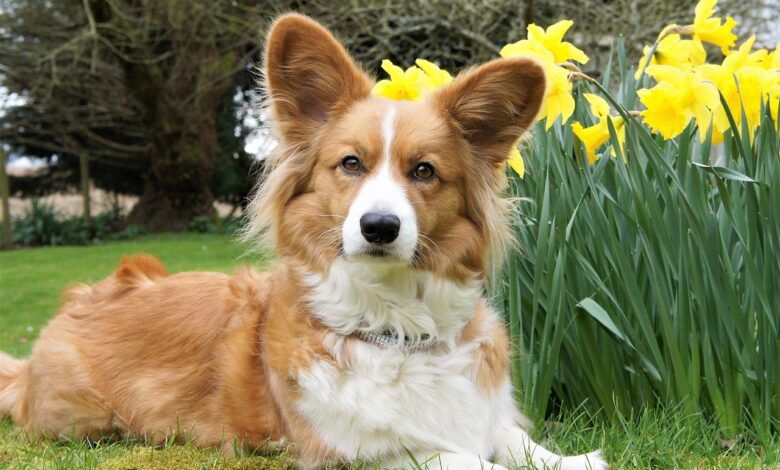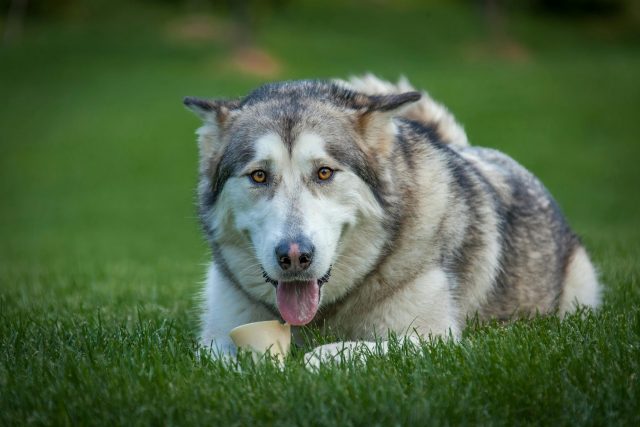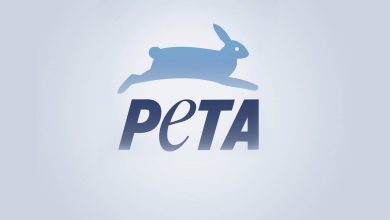How to manage hair loss in dogs

Shedding is a natural and necessary process for dogs, but it can present a significant challenge for pet owners. The constant battle with dog hair on furniture, floors, and clothes can be overwhelming. Understanding how to manage hair loss in dogs is essential to maintaining a cleaner home and ensuring your pet’s health and comfort. Different breeds shed in different amounts, and factors such as season, diet and overall health can affect the amount of shedding. By implementing effective grooming, diet, and home care strategies, you can significantly reduce shedding and maintain a clean, healthy environment for both you and your dog.
This article provides comprehensive tips and strategies to help you manage hair loss effectively.

Understand why dogs shed hair
Shedding is a natural process that helps dogs get rid of old or damaged hair. The amount and frequency of shedding can vary significantly depending on breed, health and season. For example, breeds like Labradors and German Shepherds tend to shed more than other breeds. Seasonal shedding is also common, with many dogs shedding their winter coat in the spring in preparation for warmer weather and vice versa in the fall. Health problems such as skin conditions, allergies, and poor nutrition can also increase hair loss. Understanding these factors is the first step in learning how to manage hair loss in dogs.
Discover dog breeds that shed a lot
Brush regularly to manage shedding
Regular brushing is one of the most effective ways to manage hair loss in dogs. Brushing your dog helps remove loose hair and reduces the amount of hair scattered around the house. The frequency of brushing depends on the breed and coat type of the dog. Short-haired breeds may only need weekly brushing, while long-haired breeds may need daily brushing. Using the right tools, such as a slicker brush for long-haired dogs or a deshedding tool for dogs that shed a lot, can make a significant difference. Bathing your dog with the appropriate shampoo can also help control shedding by keeping the skin and coat healthy.
The impact of diet and nutrition on hair loss
A balanced diet is important for maintaining a healthy coat and controlling hair loss in dogs. High-quality dog food, rich in essential nutrients, such as omega-3 and omega-6 fatty acids, can promote healthy skin and reduce shedding. Supplements such as fish oil may also be beneficial. Make sure your dog gets enough protein as it is essential for hair growth. If you notice excessive shedding, consult your veterinarian to discuss potential dietary changes or supplements that may help.
Bath and Skin Care
Regular bathing can help reduce shedding by keeping your dog’s coat clean and healthy. Use a gentle dog shampoo designed to minimize shedding and avoid drying out the skin. Conditioning treatments can also help maintain a healthy coat. However, bathing your dog too often can strip your dog’s natural oils and lead to dry skin, which can increase shedding. Try to bathe your dog every 4-6 weeks or as recommended by your veterinarian to effectively control shedding.
Home care tips for managing dog shedding
Managing shedding at home includes preventative measures and regular hygiene. Use a vacuum cleaner with a pet hair attachment to remove hair from carpets and furniture. Lint rollers and pet hair removers can help keep clothes and upholstery hair-free. Covering furniture with washable covers and regularly washing your dog’s bedding can also reduce the amount of hair around the house. Air purifiers can help remove pet hair and dander, improving overall air quality.
Treat excessive hair loss
If your dog sheds excessively, it could be a sign of an underlying health problem. Conditions such as allergies, hormonal imbalances or skin infections can cause more hair to fall out. It’s important to monitor your dog’s shedding patterns and consult your veterinarian if you notice excessive or unusual shedding. Early diagnosis and treatment of health problems can help manage hair loss more effectively and ensure your dog’s overall health.
Seasonal hair loss and how to handle it
Seasonal shedding is common in many breeds, especially those with double coats. During these times, you may notice increased hair loss as your dog sheds its winter or summer coat. To control seasonal shedding, increase brushing frequency and consider using a deshedding tool to remove loose hair more effectively. Regular bathing with depilatory shampoo may also be helpful. Be patient and consistent with your grooming routine to minimize the effects of seasonal shedding.
Look for breeds that require regular grooming
Professional help to manage hair loss
Sometimes, managing hair loss requires professional help. Professional groomers have the expertise and tools to handle heavy shedding and can provide services such as depilation treatments and specialized baths. Regular grooming appointments can keep your dog’s coat in top condition and significantly reduce the amount of hair in your home. Discuss with your groomer the best grooming schedule for your dog’s breed and coat type.
Personal stories and testimonials
Many dog owners have successfully managed hair loss with regular brushing and proper care. For example, one Labrador Retriever owner shared that using a high-quality deshedding tool and incorporating fish oil supplements into his diet made a significant difference in his dog’s shedding. their dog. Another owner of a long-haired breed found that regular professional brushing combined with weekly home brushing kept their home hair-free. These personal stories highlight the effectiveness of a conscientious approach to managing hair loss in dogs.
Learn about dog breeds that shed less hair
Conclusion: Keep your home and dog hair-free
Managing hair loss in dogs is an ongoing process that requires consistent effort and the right strategy. By understanding the factors that influence shedding and practicing regular grooming, a balanced diet, and proper home care, you can control shedding and enjoy a clean home. will be more. Monitoring your dog’s health and seeking professional help when needed are also important steps to effectively manage hair loss. Understanding how to manage hair loss in dogs not only benefits the home environment, but also contributes to your dog’s overall health and well-being. With patience and dedication, you can make shedding a manageable part of life with your furry friend.





